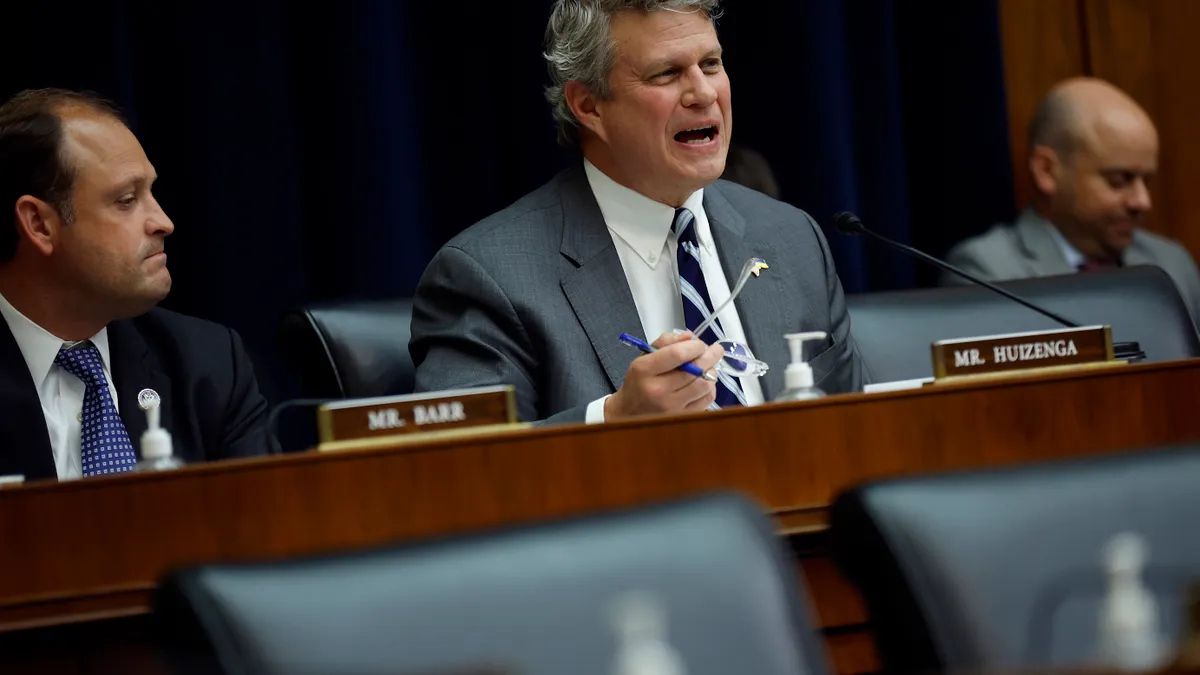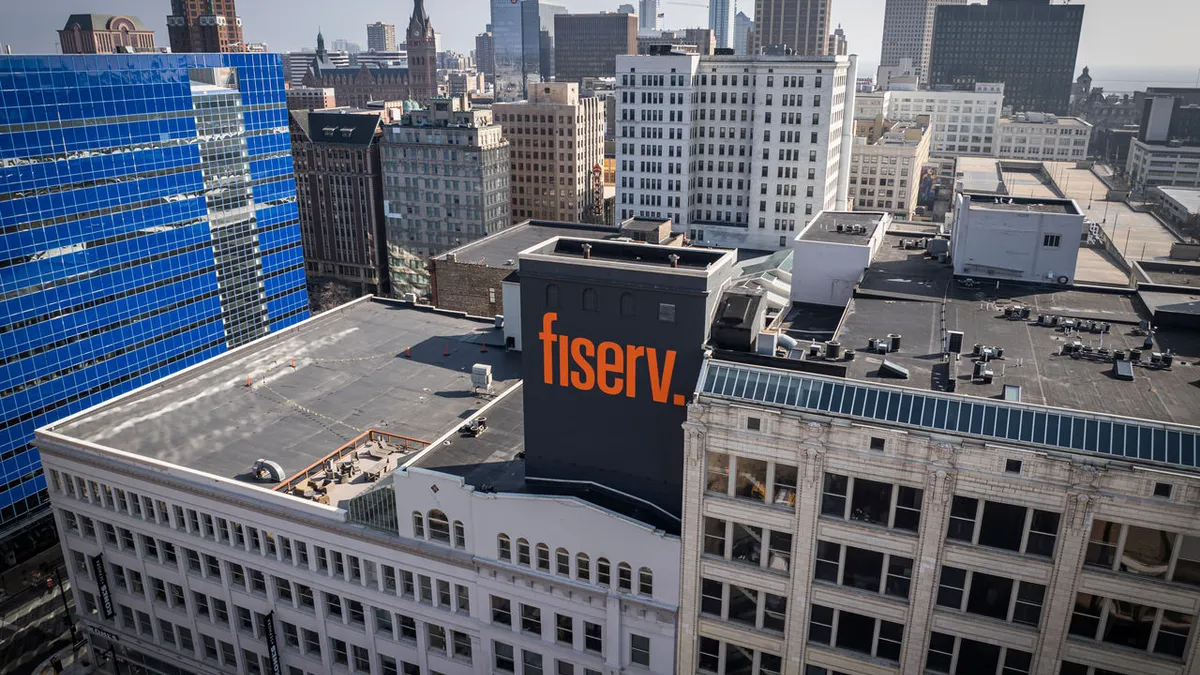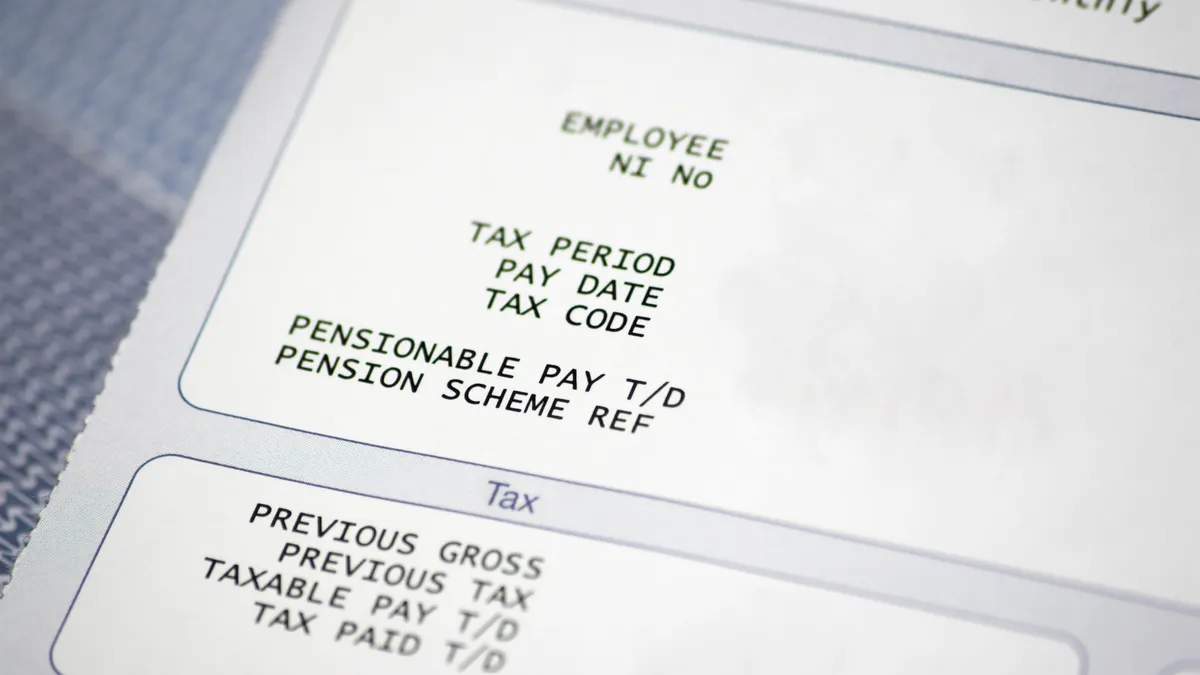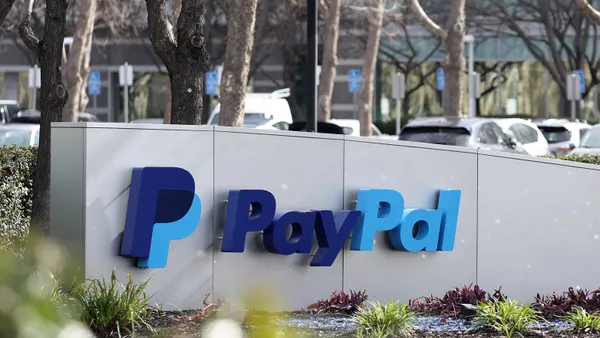The Federal Reserve plans to attract up to about 8,000 financial institutions to FedNow, its new instant payments network, and it has at least 1,000 in the pipeline to add, a Fed official said this week.
While there are nearly 10,000 financial institutions in the country, only about 9,200 of those banks and credit unions are actively using Fed services, so the central bank’s goal for FedNow isn’t necessarily to draw them all, FedNow Head of Payments Product Dan Baum said Wednesday.
So far, about 700 financial institutions have connected to the network since it was launched last July, and the central bank has been eager to lure more to the system in the interest of creating as much reach for the network as possible. The new system will allow consumers and banks to settle payments in seconds, as opposed to days, and provide services at all hours and on weekends.
“We see the policy objective to be to get everyone that's willing to, and can, and can make a business case,” Baum said in a wide-ranging interview with Payments Dive. “We expect that to be somewhere in the 7,000 to 8,000 range at the end of the day.”
There are some 1,500 smaller financial institutions largely dependent on paper checks so the Fed doesn’t expect to lure them all to FedNow, said Baum, who is a senior vice president at the Atlanta Federal Reserve Bank.
That said, FedNow has at least 1,000 financial institutions in various stages of FedNow onboarding, Baum suggested. “We have a very robust pipeline of very interested (FedNow) customers in the four digits,” he said.
While about 60% of the institutions that have signed up for FedNow can receive payments, a smaller 40% have signed up to send payments, Baum said. That likely reflects some concern about the potential for fraud, though the Fed is seeking to address those risks through circuit-breakers, as in shutoff controls; working with stakeholders; and analyzing anomalies in data.
The rate of FedNow sign-ups has been seen as slow in some corners of the industry, particularly with respect to a few large banks still not joining in yet. That experience echoes a slow pace of adoption for FedNow’s private sector rival, the RTP network, which was launched by The Clearing House in 2017.
Still, the start of FedNow last year seems to have instigated more interest generally in the real-time payments capabilities, with the bank-owned RTP posting a faster rate of adoption since its FedNow competitor’s launch in July.
The Fed is unlikely to ever mandate use of the FedNow system, and it would likely need new authorities to make that happen, but it could seek to boost bank adoption, if needed, by provide pricing incentives, or other types of incentives in the future, he said.
“We certainly have a toolkit on the shelf,” Baum said. “I'm not sure we're ready to pull the things off the shelf because we're seeing the numbers that we want so far.”
The Fed envisions a variety of potential use cases from basic capabilities like catering to the movement of funds in digital wallets to supporting earned wage access tools to enabling the faster settlement of major transactions, like buying real estate or a car, Baum explained.
Aside from those consumer uses, the central bank is also keen to assist business-to-business payments. That’s especially true for big corporations that manage cash flow to the hour and that are making investments around the world, Baum said.
Other countries have moved ahead with real-time payments at a faster rate than the U.S. In particular, Brazil has developed the Pix system and India has deployed the Unified Payments Interface.
The FedNow management team is open to learning from those first movers’ experiences and the various officials working on such systems meet regularly, Baum said. The key objective, informed partly by those other countries’ experiences, is to make the system easy to use and safe to use, he said. He noted the success of Brazil in using QR codes in connection with its system.
Brazil’s Pix system is also making headway in enabling the use of that system across borders. The U.S. mega payments processor Fiserv is supporting the Brazilian government in extending the reach of Pix into other countries. Brazilian users of Pix may be able to use the service in the U.S. as soon as the second half of this year.
For FedNow, cross-border capabilities might not be far off either. The Federal Reserve is aware of keen interest from the industry in cross-border capabilities, Baum said. But that will have to follow on creating a solid domestic network first, he said.
“When we build the value of the domestic network, and we can bring the value to the other jurisdictions around the world, I think you'll see us move more quickly,” Baum said, in speaking about the possibility of cross-border FedNow features. “Best guess is we’re at least a couple of years out before you'll see us in the cross-border business.”




















